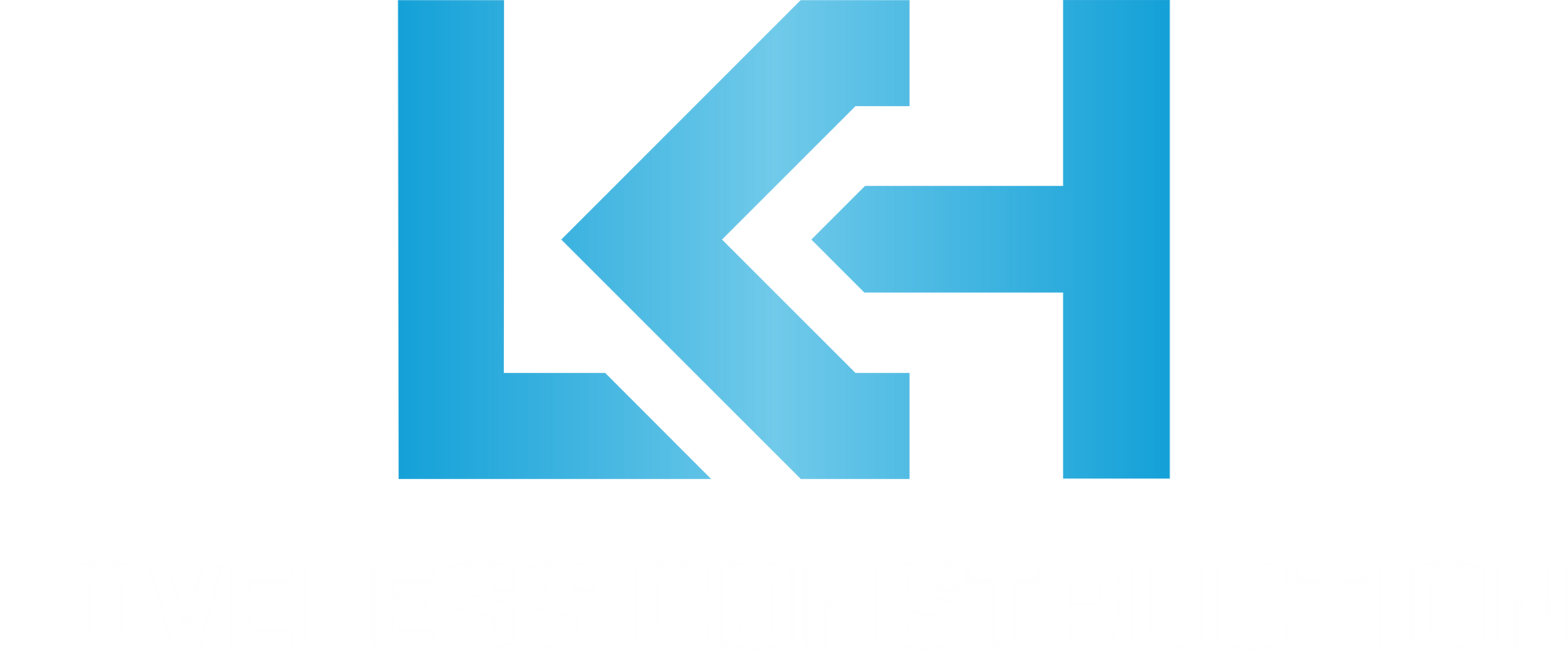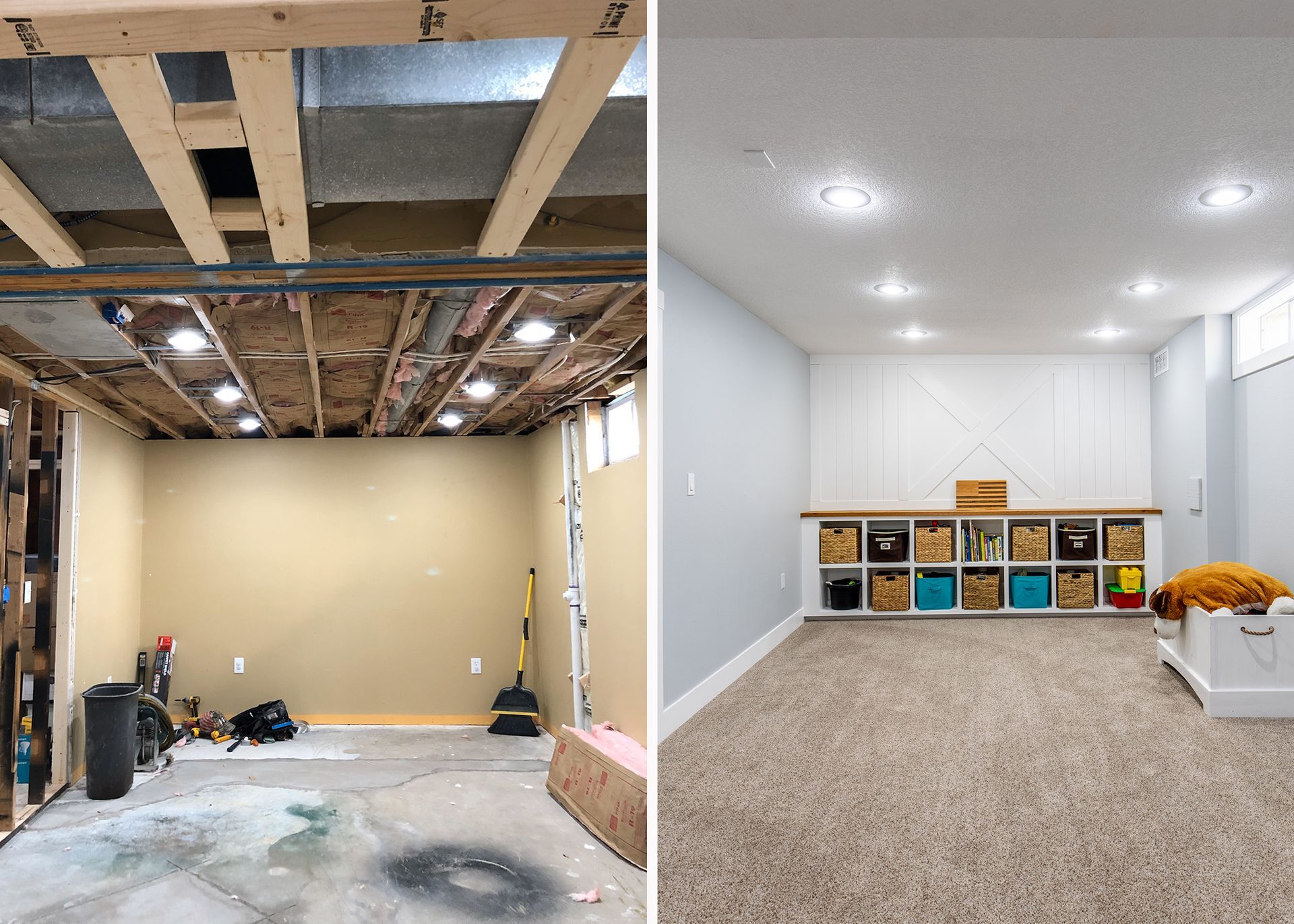How to Finance Finishing a Basement: Loveless Construction’s Guide to Funding Your Project
Finishing a basement can add valuable living space, boost your home’s resale value, and give you room to expand. Whether you envision a cozy family room, an extra bedroom, or a home office, the benefits are clear—but funding the project can feel like a hurdle. At Loveless Construction, we understand that financing is a significant consideration, so we’re here to help guide you through the options. In this blog, we’ll walk through some smart ways to finance your basement project, helping you choose the best option for your budget and goals.
1) Home Equity Loan
One of the most popular financing options for home improvement projects like finishing a basement is a home equity loan. This type of loan allows you to borrow against the equity you’ve built up in your home, typically at a fixed interest rate. Many homeowners prefer a home equity loan because it provides a lump sum upfront, making it easier to budget for a large project.
Pros of a Home Equity Loan:
- Fixed Interest Rate: Predictable payments make it easier to budget.
- Lump Sum Payment: You receive all the funds at once, allowing for a smoother project start.
- Tax Benefits: Interest on a home equity loan may be tax-deductible, though you should confirm this with a tax advisor.
Considerations: This option requires substantial equity in your home. If you haven’t built up enough equity, you might want to explore other financing routes.
2) Home Equity Line of Credit (HELOC)
A Home Equity Line of Credit (HELOC) is another common way to tap into your home’s equity, but it functions more like a credit card than a traditional loan. With a HELOC, you’re approved for a set amount but only borrow what you need, as you need it, making it an excellent choice for projects with variable costs.
Pros of a HELOC:
Flexible Access: You can borrow funds as necessary, which would be great if the project scope changed.
Lower Initial Interest: Many HELOCs offer lower introductory rates, potentially saving you money early on.
Tax Deductibility: Like a home equity loan, the interest might be tax-deductible.
Considerations: HELOCs typically have variable interest rates, so your payments may fluctuate. It’s important to understand your repayment terms before committing.
3) Personal Loan
A personal loan is an unsecured loan, meaning it doesn’t require collateral like your home. This type of loan is often more straightforward to obtain, and because it’s not tied to home equity, it can be a viable option if you’ve recently purchased your home or don’t have enough equity built up.
Pros of a Personal Loan:
Fast Approval: Personal loans are often processed quickly, meaning you can get started on your basement finish sooner.
No Home Equity Requirement: Perfect for new homeowners or those without significant equity.
Predictable Payments: Fixed interest rates and set terms make budgeting easier.
Considerations: Because personal loans are unsecured, they usually come with higher interest rates than home equity loans or HELOCs. Be sure to shop around for the best rate to keep costs manageable.
4) Cash-Out Refinance
A cash-out refinance replaces your existing mortgage with a new one at a higher amount. The difference between your new mortgage and the original one is given to you as cash, which you can use to fund your basement project. This option allows you to take advantage of any appreciation in your home’s value since you first purchased it.
Pros of a Cash-Out Refinance:
Potential for Lower Rates: If interest rates have dropped since you took out your original mortgage, this could lower your overall rate.
Single Monthly Payment: You’ll only have one mortgage payment to manage, rather than a separate home equity loan.
Longer Repayment Terms: Extended terms can make monthly payments more affordable.
Considerations: Since this option increases your mortgage balance, it extends your Debt over a long period. Make sure the monthly payments fit your budget comfortably.
5) FHA 203(k) Loan
For homeowners looking to make significant improvements, including basement finishing, the FHA 203(k) loan might be worth considering. This loan, backed by the Federal Housing Administration (FHA), allows you to finance both the purchase of a home and its renovations or simply fund renovations on your existing home.
Pros of an FHA 203(k) Loan:
Low Down Payment: These loans are designed to be accessible, with down payments as low as 3.5%.
Great for Major Renovations: Since the loan amount includes the renovation cost, it’s ideal for substantial projects like basement finishes.
Government-Backed Security: The FHA backing may offer more favorable terms compared to other personal loans.
Considerations: The application process can be more extensive, and not all lenders offer FHA 203(k) loans. It’s also essential to verify that your project meets the FHA’s guidelines.
6) Savings and Home Improvement Accounts
Finally, if you’ve been setting aside funds specifically for home improvements, your personal savings might be the most straightforward way to finance your basement finish. Using your savings allows you to bypass loans, avoid interest rates, and start the project on your timeline.
Pros of Using Savings:
No Interest Payments: You won’t pay any interest, keeping the project cost as low as possible.
Full Control Over Budget: Since there’s no lender involved, you have complete control over how and when to allocate funds.
No Debt Incurred: Financing through savings means no added monthly payments or debt obligations.
Considerations: Using savings can be a slower option if you haven’t built up a dedicated fund. Also, consider whether tapping into savings might impact other financial goals or emergency funds.
Making the Right Choice for Your Basement Project
Each of these options has its benefits, and the best choice depends on your financial situation, home equity, and personal preferences. At Loveless Construction, we encourage homeowners to carefully weigh these factors and explore multiple financing options before making a final decision. We’re also here to answer any questions you may have about project costs, timelines, and ways to make your basement finishing affordable.
Start Planning Your Basement Remodel with Loveless Construction
Finishing a basement is a big step, but with the right financing, it can be within reach. A well-planned basement can add both value and function to your home, whether you’re creating a guest suite, a family entertainment area, or even a home office. At Loveless Construction, we’re here to guide you through each step of the process, from budgeting and design to construction and finishing.
If you’re ready to transform your basement into a space that works for you, reach out to Loveless Construction today. We’ll help you explore financing options, create a plan that fits your budget, and make your basement vision a reality. Contact us today, and let’s start building your dream space together!
Useful Links
Working Hours
- Mon - Fri
- -
- Saturday
- -
- Sunday
- Closed
All Rights Reserved | Loveless Construction. | Sitemap

